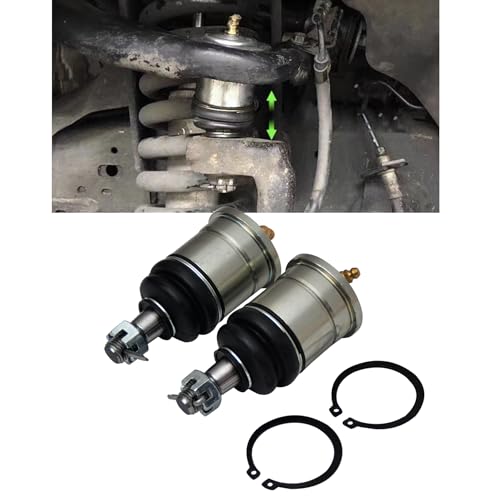4 naving
Member
They use the same rope to tie up ships to the dock. they never wash the salt out, its always in the sun and it seems fine. so I follow there maintenance regime....

It's for this reason, that after each heavy contamination of mud through the rope that I would un-spool the rope, releasing tension/compression on the rope and then give it a good hose off or pressure wash, so to allow those particles to be free-up and wash out of the rope, something that while the rope is under tension/compression would hamper.
The reason why i have quoted you above is, the one thing i have noticed after watching countless video on splicing and reading a heap of hints from manufactures is that they ALL say DO NOT PRESSURE WASH as the water at that pressure can easily cut through the minuet fibres, after all water jets can cut steel so i dont see why a pressure washer couldnt cut tiny nylon fibres ESPECIALLY if dirt can cause the issues you describe.
mate i see what people are saying about the dirt in the fibres, BUT and you are the first to say they have actually seen a rope snap and now for certain that it was from grit in the middle, and i find it hard to understand how a "poorly maintained" rope that has had grit left in it had no external wear what so ever..
Nathan,
I will have a search around the 'Net" and at work to try and find same other samples of internal damage rope that I can put up on the thread.
Even thou Dyneema rope is weaved different to kernmantle rope, the principles can be the same for both. The advantage of Dyneema rope and the way it is weaved, once it has been un-spooled and the tension/compression on the rope released, there is more possibilities of washing particles out of the rope, a task that is more difficult with kernmantle rope having a outer protective shell.
Part of our "Before & After Use inspection" of Life/Rescue Lines, is for the user to run the entire rope length through their fingers, feeling for any lumps or flat spots in the internal core of the rope.
Lumps are a indication that small silica particles have entered the ropes core, and the silica particles then start cutting individual fibre strands (abrasion damage) to the internal core of the rope, and much of the time there will be NO external visual damage to the outer surface of the rope as shown in the attach image.
It's hard to explain how the damage works, at least when I train people I have examples of damage rope that people can touch and feel for themselves, and with Life/Rescue Lines the silica particles get into the rope when people stand on the rope and transfer the silica particles from their shoes into the rope's core or when the rope has been covered in dirt/mud and not cleaned after use.
Put the image below does show a rope with internal damage, but no visual signs on the external surface.
will have a look for larger better examples



Mate you are talking about two TOTALLY different products and i dont care about climbing style rope or anything else with an internal core (no disrespect intended)
I just dont see how the maintenance for Kernmantle Rope with an internal core which also has a secondary line that runs inside of that can be at all compared to DYNEEMA they really are apples and bananas, yeah both are fruit BUT totally different in every way.
I would think that if you did pressure wash your DYNEEMA 12 strand WINCH rope not only do you run the risk of cutting the fibres but you would FORCE the dirt into the weave, not that i do it but at-least when you soak it you allow the dirt to be released not forced deeper.
You say those photos (of the wrong style of rope for our discussion) show no external damage,,,, BUT all i see is external damage......... the green outer layer is totally gone how is that not external damage.
Nathan,
Why bother, you have your view, I have my view, if you can’t except others views , then why bother asking?
So I’ll just call it quits, so Good luck with your rop .
Nathan,
Why bother, you have your view, I have my view, if you can’t except others Constructive views, then why bother asking?
Some more example for you thou, and most example are not based on Kernmantle Rope:
http://www.ropeinc.com/rope-inspection-retirement.html
but now, I’ll just call it quits, so Good luck with your rop .